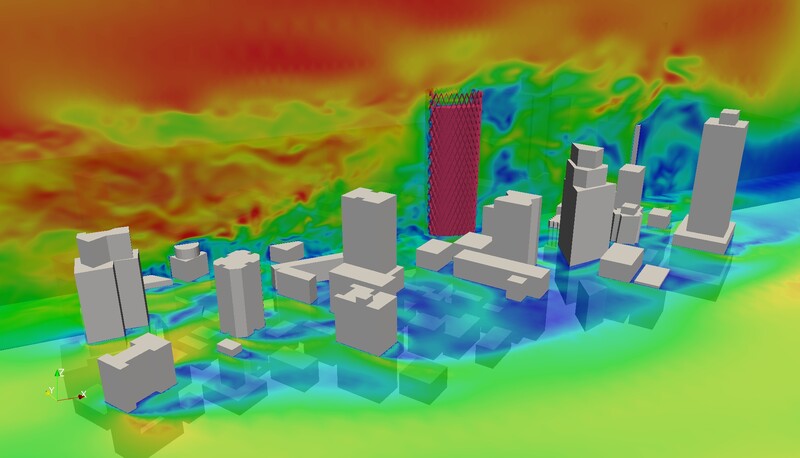Change as a source of innovation. We shape our future by deepening our knowledge and creating something new. Four fundamental topics are important to us:
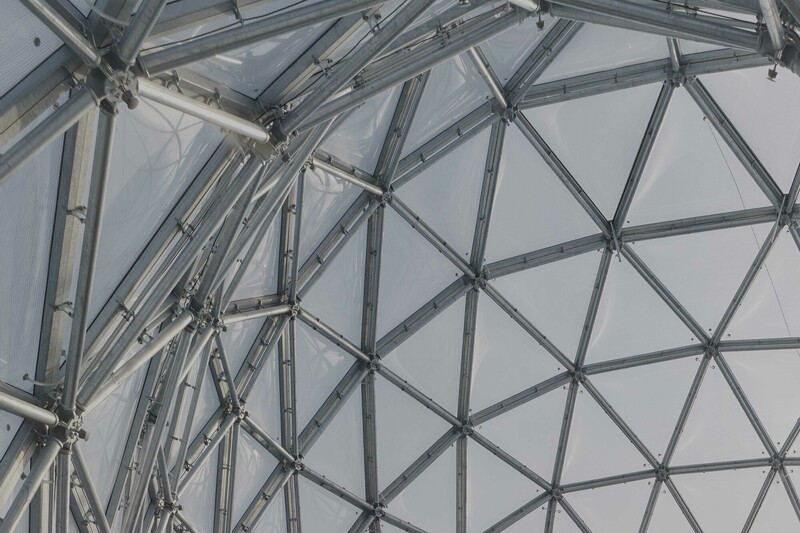
Structural Engineering
We develop and calculate load-bearing structures with high precision and expertise.
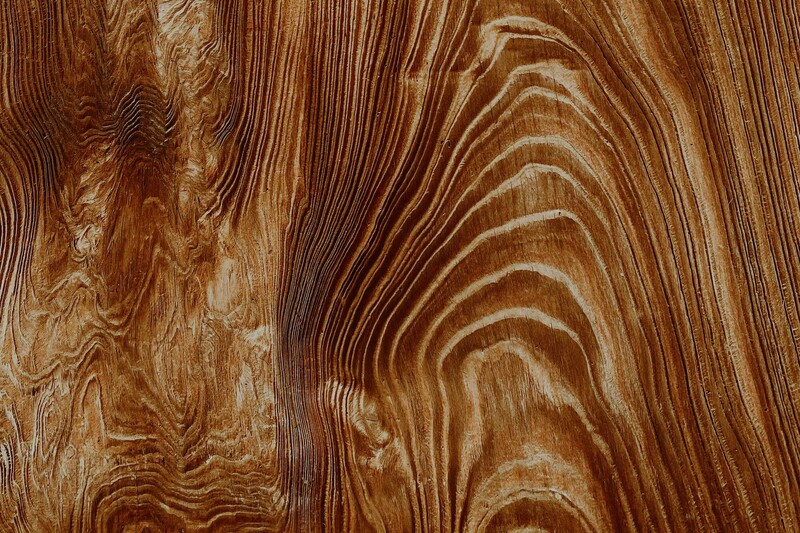
Minimal Impact
Lightweight construction plays a decisive role in reducing our CO2 footprint.
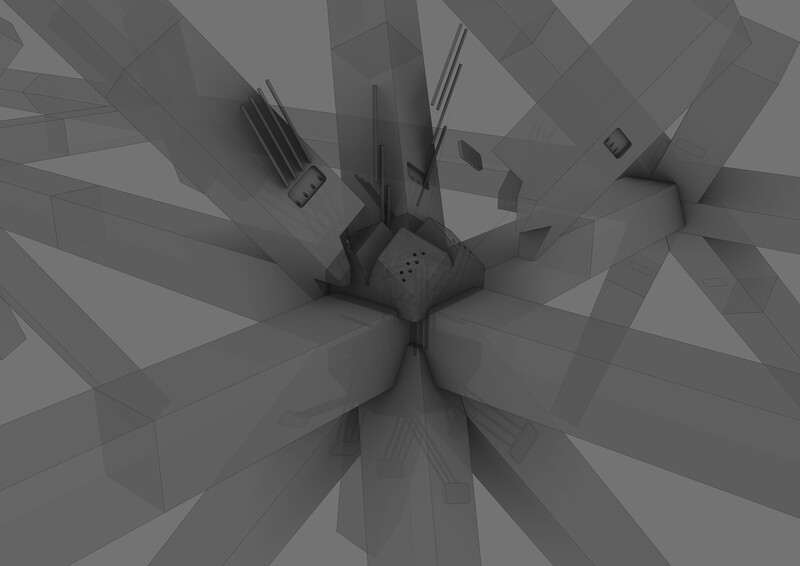
Digital Fusion
We integrate digital technologies seamlessly into our processes.
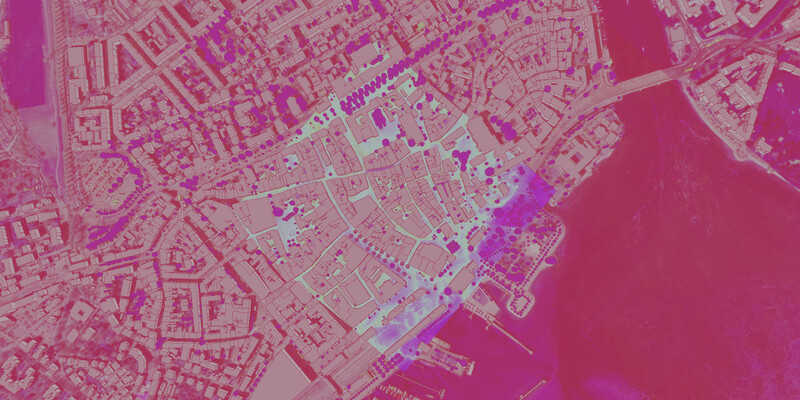
Experimental Research
We are committed to working in an experimental and research-based way.
„Partnership-based commitment in competitions creates the basis for creative synergies.”

„For us, lightweight construction is more than just an approach – it's an attitude.”
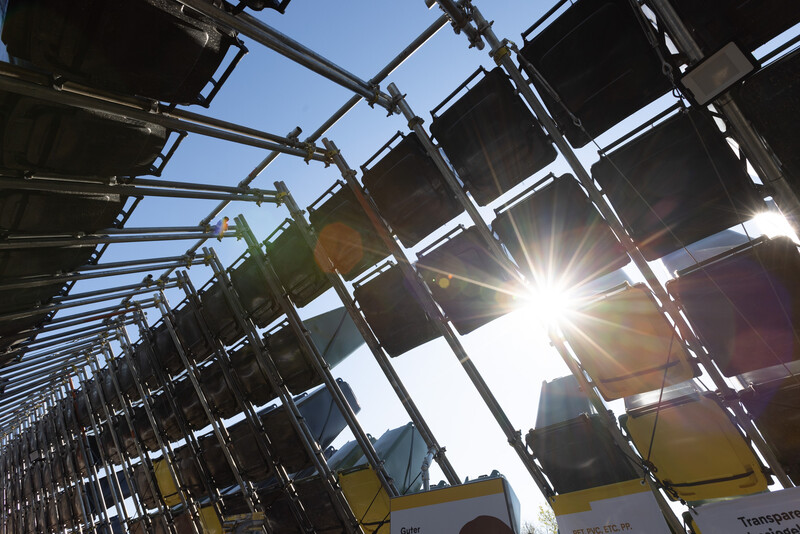
„Ensuring precise and consistent digital data management and communication is at the centre of quality assurance for us.”
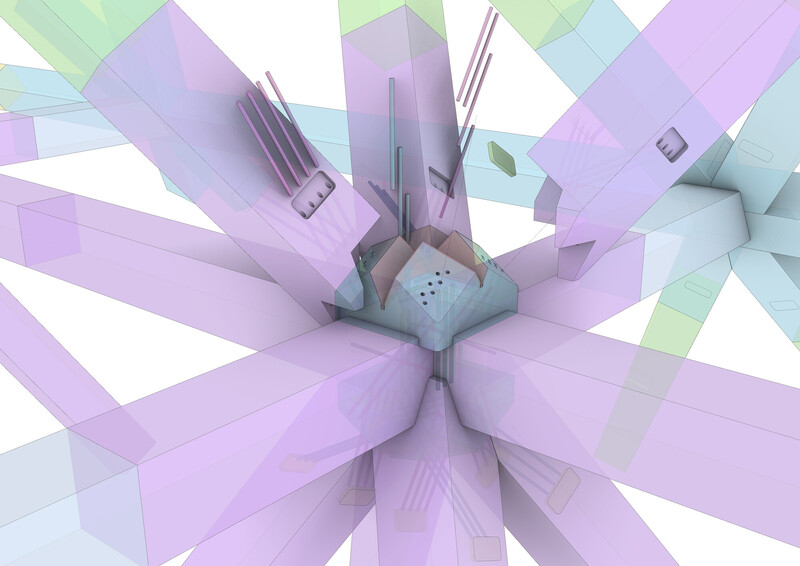
„We are always on the lookout for new solutions and are not afraid to venture into uncharted territory.”
